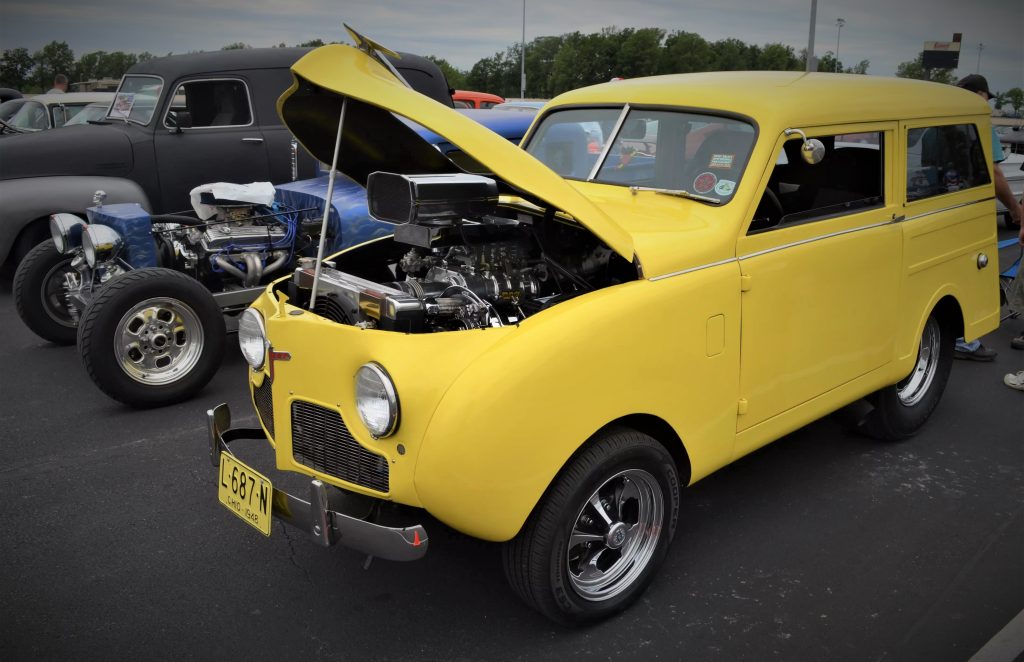You’ve got questions. We’ve got the answers—the Summit Racing tech department tackles your automotive-related conundrums. This week, we’re prepping an engine for optimal supercharger performance.
Q: I have a old hot rod that I want to run on the street occasionally. I want to build a 383 small block with 6-inch connecting rods and a supercharger. From what I have read, this combination has a problem. The recommended cam centerline for the supercharger is 114 degrees, while the ideal centerline for the 383/6-inch rod setup is 105 degrees. Which one do I go with for my engine? Should the cam be roller, hydraulic roller, or standard hydraulic?
I also have a set of S/R Torquer heads. Should I use dished pistons or flat tops? Should I port the heads? How much boost is safe to run with this engine? I also need recommendations on a transmission, torque converter, rear axle gear, and suspension.
A.C. Barranquitas, PR

A: We’d recommend you ditch the 6-inch rods for a set of 5.7-inch rods and JE blower pistons. Assuming your S/R Torquer heads have a 64cc combustion chamber, JE Pistons part number JEP-131631 will give you 8.5:1 compression, which is ideal for a supercharger. We’d port the heads and run boost between 6 and 10 psi. As for a cam, we’d recommend a Crower standard hydraulic grind with 236-degree duration (@.050 lift), .506-inch lift, and 114-degree centerline. We’d also suggest a Turbo 350 transmission with a manual valve body, 10-inch race torque converter with an “anti-ballooning” plate for use with nitrous and blowers, a 4.56 rear axle gear, and set of lift bars.

that’s funny, when I called and asked about blower cams I got steared to a comp cam. I have a 270 crower hp and have always liked it. I’m going to keep it after talking to a blower expert Domiic @ Maxwell Power. I also bought a set of cca 1046 roller rockers that are some of the shodiest parts I’ve ever bought. Stear clear of compition eng. thert’re making really crapy parts. Or is just parts for me?
I have a 496 stroker with 10.25 to 1 compression as my daily driver.I’d like to put a 671 blower but not sure what set up as far as boost amount would be safe.Thanks,
Wayne Folse
Wayne, that 10.25:1 compression is way above the recommended starting point for building a blower motor. If you choose to pursue a blower build-up in this configuration, we’d recommend you talk to the guys at Holley or Weiand for any boost recommendations.
ok Thanks